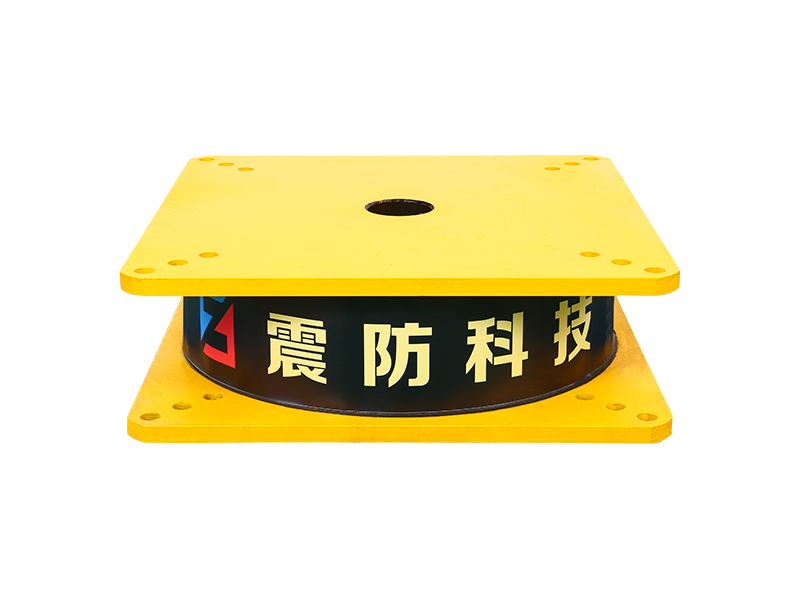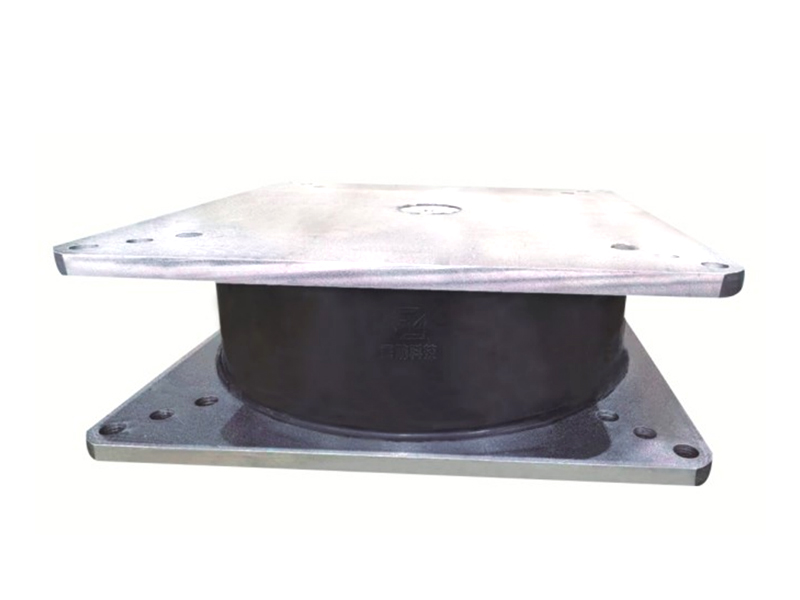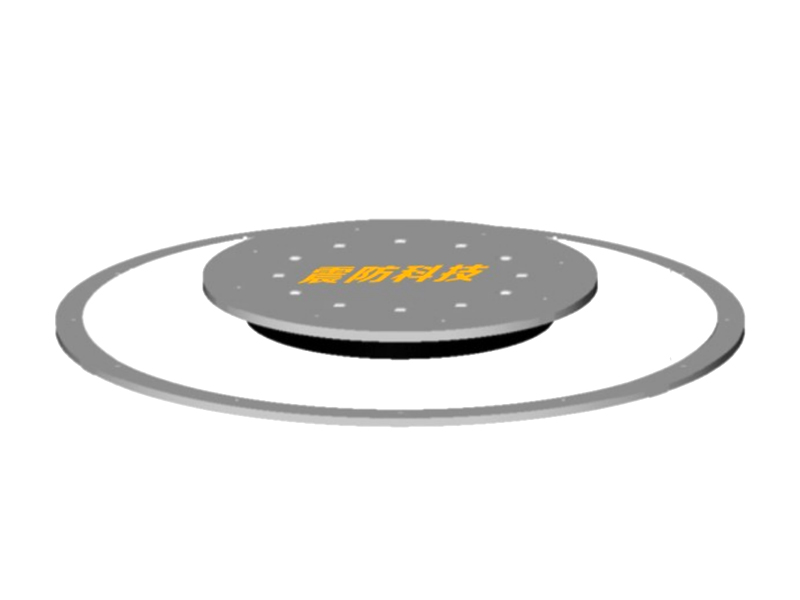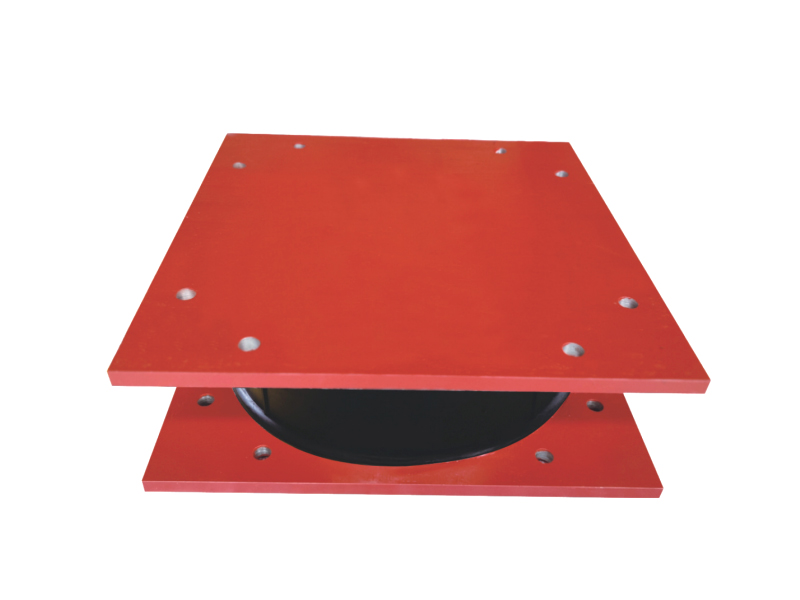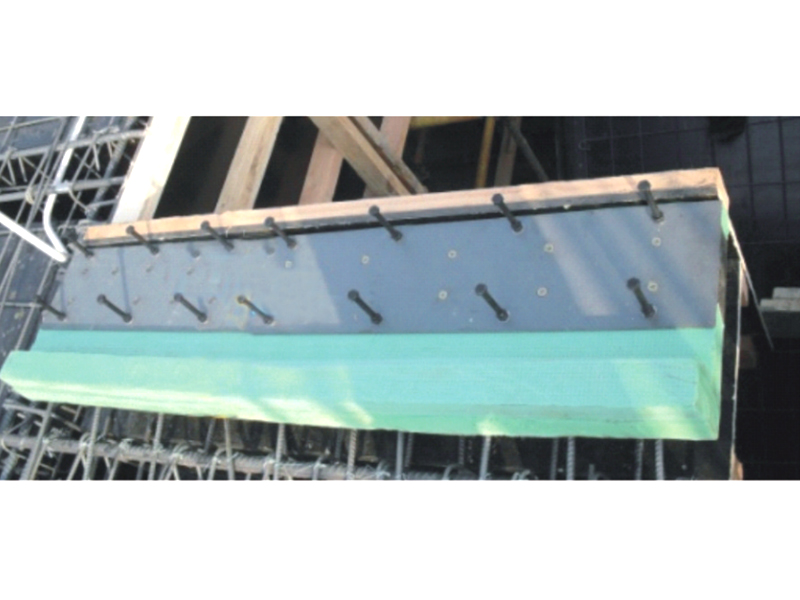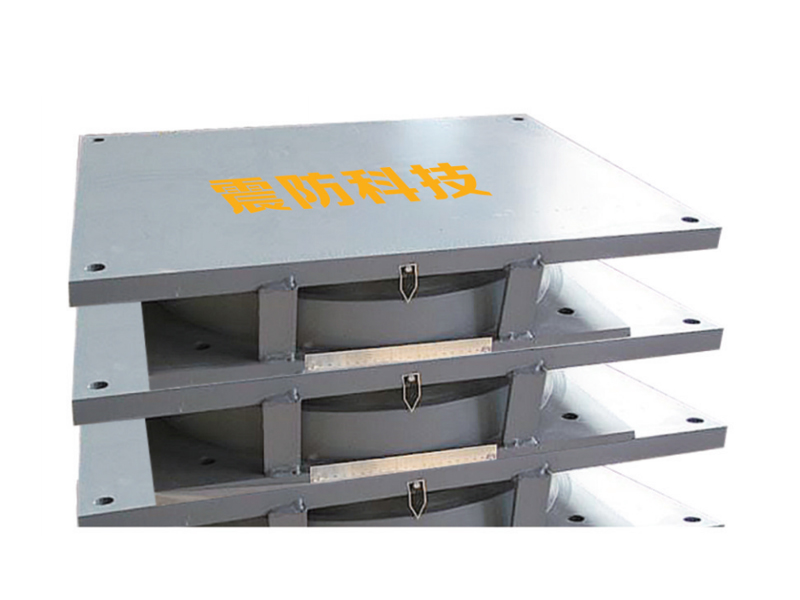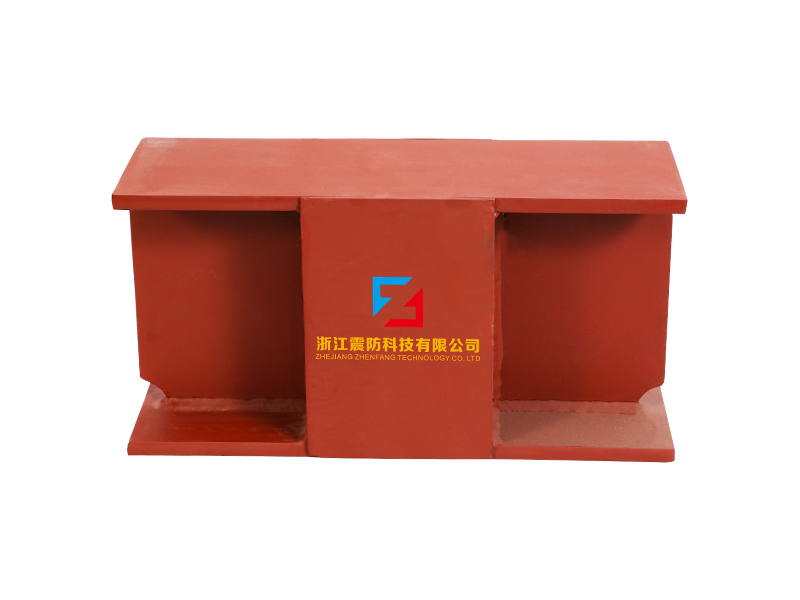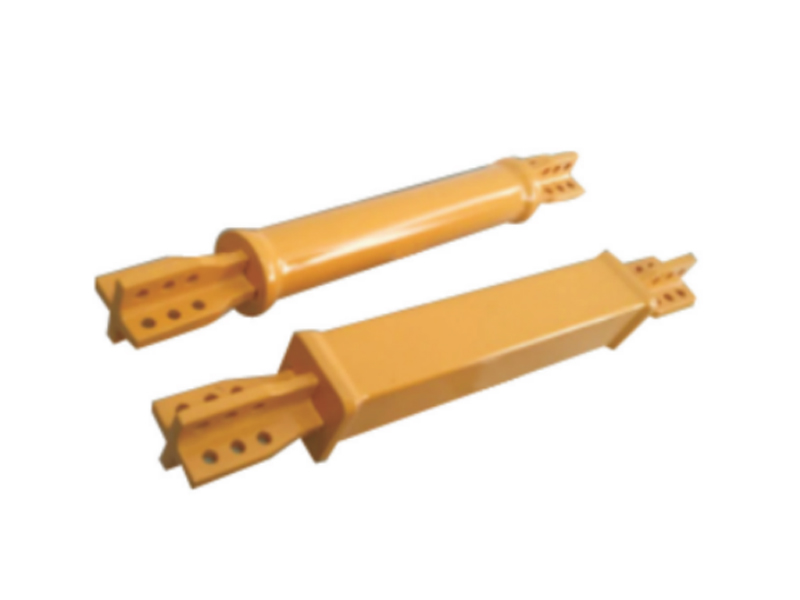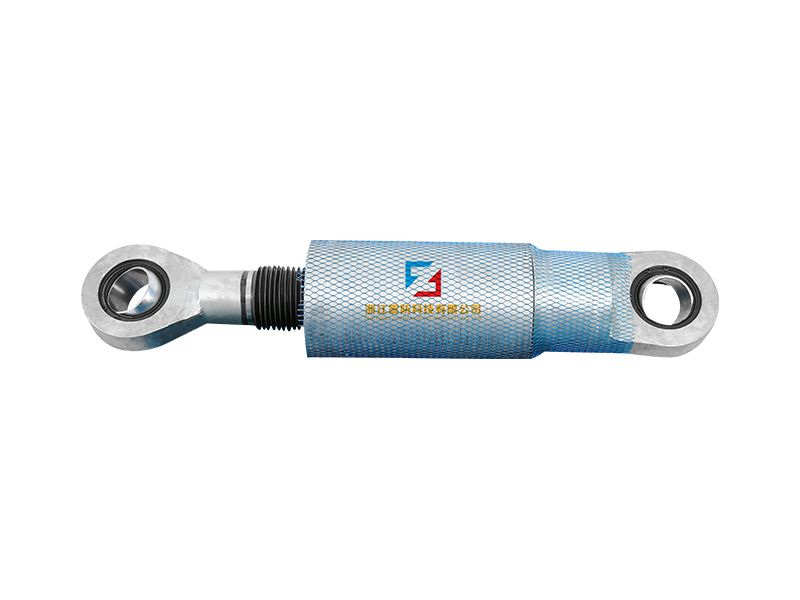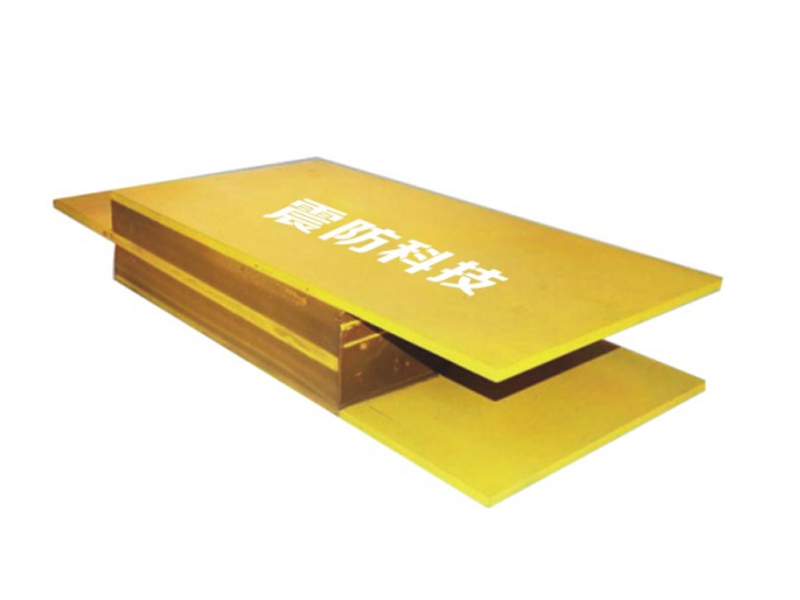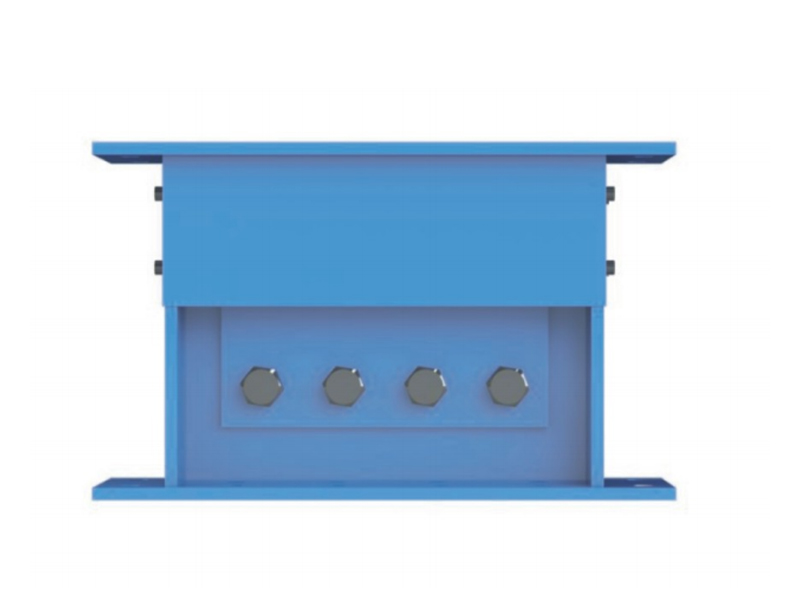The company has been adhering to the corporate tenet of "quality first, customer first", and sincerely welcomes domestic and foreign customers to visit and guide.
GET A QUOTEThe field of structural engineering continues to witness significant developments in metal damper technology, with these energy dissipation devices playing an increasingly important role in building safety. A metal damper represents a specialized component designed to absorb and dissipate energy during dynamic events, thereby protecting primary structural elements. The fundamental operation of a metal damper relies on the controlled yielding of metallic materials to convert kinetic energy into heat. Engineering professionals across various sectors are recognizing the value of incorporating a metal damper system to improve structural performance under demanding conditions.
The design principles governing metal damper technology focus on achieving predictable and stable energy dissipation characteristics. Engineers developing a metal damper must consider numerous factors including material selection, geometric configuration, and connection details. The performance of a metal damper typically depends on its ability to undergo repeated cycles of deformation without significant degradation. Various configurations of metal damper exist, each offering distinct advantages for specific applications and performance requirements. The ongoing refinement of metal damper designs demonstrates the engineering community's commitment to enhancing structural safety through innovative solutions.
Manufacturing processes for metal damper production require precise quality control to ensure consistent performance. The fabrication of a reliable metal damper involves specialized techniques such as cutting, welding, and heat treatment according to strict specifications. Material certification represents an important aspect of metal damper production, with manufacturers verifying the mechanical properties of metals used in each device. Testing protocols for metal damper units typically include performance evaluations under cyclic loading conditions that simulate real-world demands. These manufacturing standards help ensure that each metal damper meets the design requirements for its intended application.
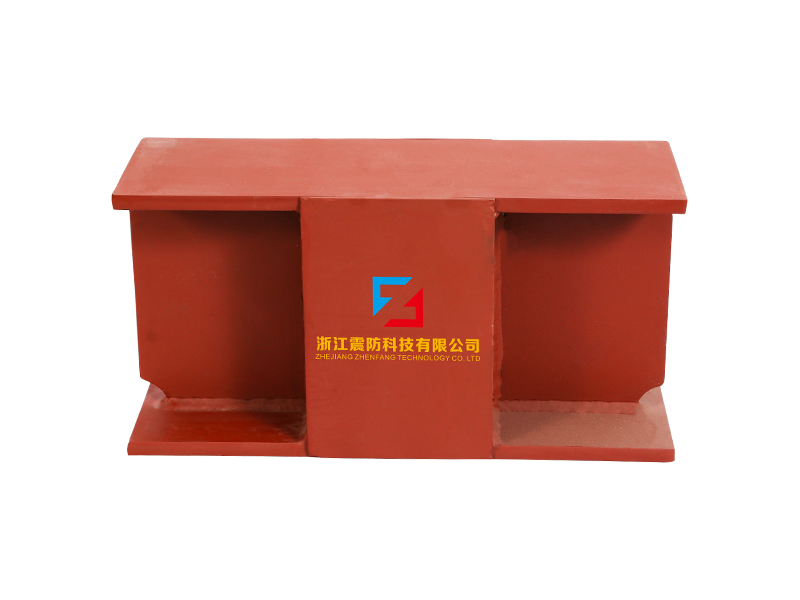
Installation considerations for metal damper systems involve careful integration with the overall structural framework. The placement of each metal damper requires thorough planning to improve its effectiveness in dissipating energy. Connection details between a metal damper and structural elements demand particular attention to ensure proper force transfer during activation. Construction teams typically follow specific procedures when installing a metal damper system, with verification steps to confirm correct implementation. Proper installation proves crucial for the metal damper to function as intended when called upon during dynamic events.
Application areas for metal damper technology span multiple sectors of the construction industry. Building structures in seismically active regions frequently incorporate metal damper systems to enhance performance during earthquakes. Bridge engineering utilizes various forms of metal damper devices to control vibrations and accommodate movements. Industrial facilities employ specialized metal damper configurations to protect equipment and structures from operational dynamic loads. The versatility of metal damper technology allows for customization to address the specific needs of different structure types and performance objectives.
The future trajectory of metal damper development appears likely to focus on optimized performance and broader application. Emerging trends include the development of smart metal damper systems that can adapt their characteristics to different loading conditions. The integration of metal damper technology with other protective systems represents another promising direction for advancement. As structural design philosophies continue to evolve toward performance-based approaches, the role of the metal damper in providing reliable energy dissipation is expected to grow. The metal damper remains an important tool for structural engineers seeking to create resilient structures capable of withstanding various dynamic challenges while protecting lives and investments.
